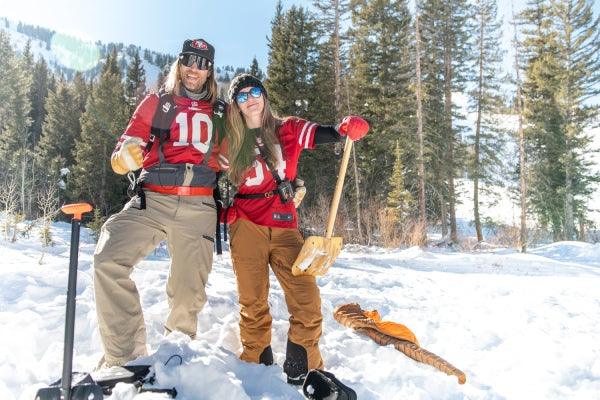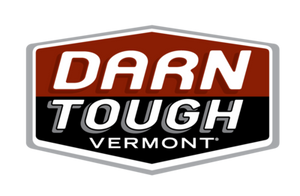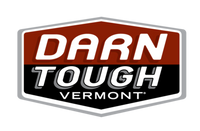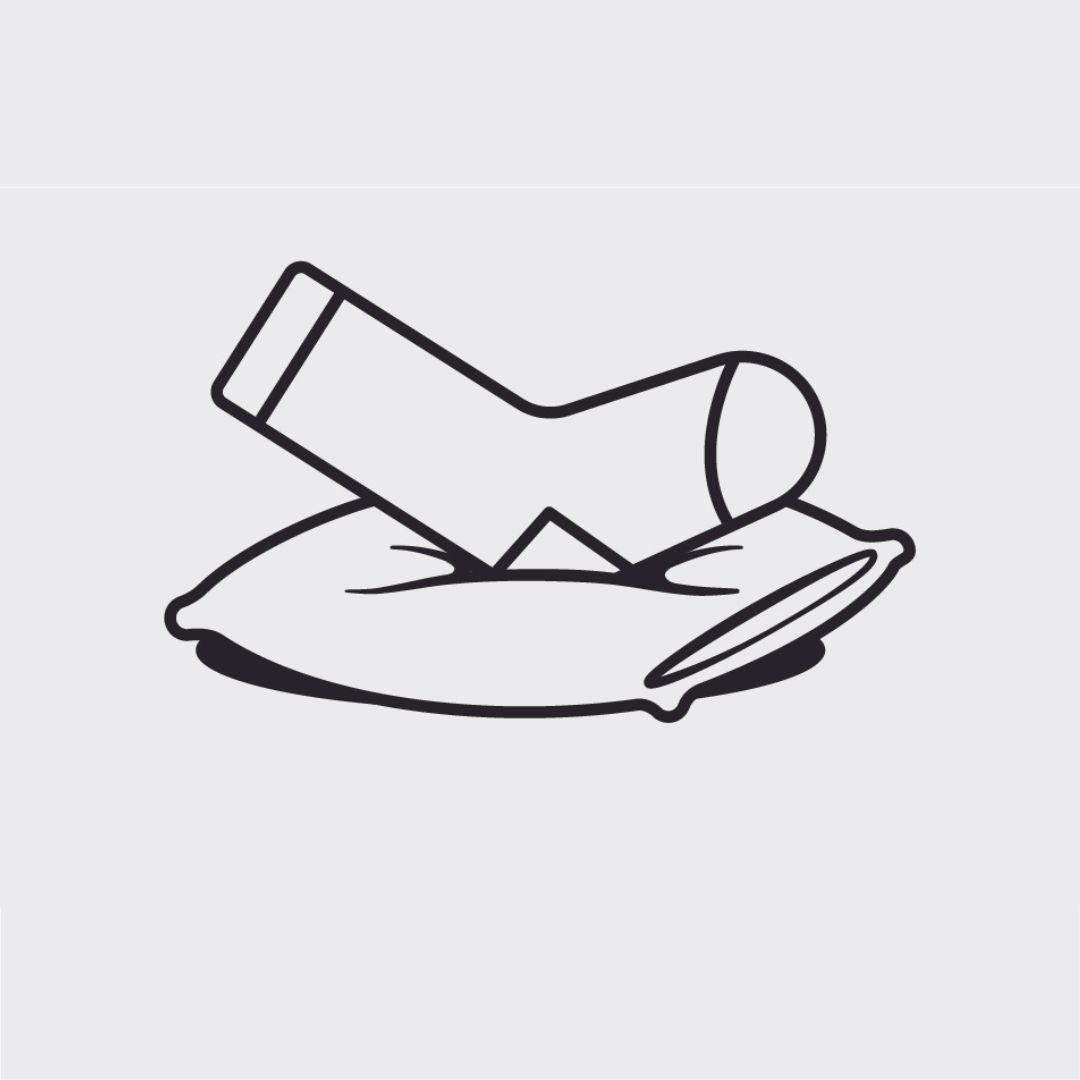Teaching Avalanche Safety & Giving Back: Q&A with Pro Skier Michelle Parker

Michelle Parker is a leading global female outdoor athlete and activist who carries her positive influence and endless energy everywhere she goes, including occasionally to our Mill, helping us design some rad snow socks. We love how she continues to lead the way for the next generation of skiers and her unwavering commitment to community.
We recently got to ask her about one place she’s made an amazing impact, being co-founder and instructor for SAFE AS (Skiers Advocating and Fostering Education for Avalanche and Snow Safety), a women-geared organization that holds safety and awareness clinics about avalanches.
Tell us about yourself.
I grew up here in Lake Tahoe, CA and have been skiing my entire life. This year marks my 20th ski season as a professional skier. It’s been a wild run that I never would have thought would last this long.
While my love for the outdoors, the mountains, skiing, biking and climbing are strong, there is a lot more to me than just that. I picked up the ukulele during an injury a few years back. It was my musical instrument of choice, as it’s hard to play a sad song on the uke. My partner plays the guitar and this has been such a fun way to connect. Singing and playing music together is one of my absolute favorite pastimes.
I love to learn. When I have time, I am reading books, taking classes and furthering my education on my own terms. Skiing really took off for me out of high school and a part of me feels like I missed going to college, but one of the most exciting things about my work is how much I get to learn in the process. It’s been a really fun and intriguing part about it all.
When and how did you start skiing?
I started skiing when I was a one-year-old. My mom and dad would take me out and to be honest, I don’t remember much. It was pretty much my day care growing up. Our public school system had a bus that would take you from school straight to the resort from noon until 4 PM when the lifts would stop spinning.
When did snow safety and avalanche training become a topic for you?
I took my first avalanche course when I was 20 years old up in Haines, Alaska. I was transitioning from competing in slopestyle and halfpipe skiing to getting more into filming and I really wanted to start experiencing the backcountry. It made the most sense to me that before I made that jump, I needed to take an avalanche course and learn as much as I could.

I then coached in South America for 10 years and we would train our clients on avalanche rescue and safety. All of this led me to start my own avalanche clinics alongside three other professional skiers, Elyse Saugstad, Ingrid Backstrom, and Jackie Paaso.
What is SAFE AS?
SAFE AS are the clinics that we started over ten years ago now. It’s a one-day clinic teaching intro to avalanche safety. We started it to encourage more women to get the education needed and that quickly developed into a full-on program for everyone. We host one day at each location for women only and then one day open to anyone.

We travel around to different ski resorts in the beginning of the season and host these events. The day is packed with information, meant to be used as an intro class or a refresher. We teach companion rescue as well as the basics of backcountry travel, how to use your equipment, etc.
SAFE AS is one of the coolest things I get to be a part of. Seeing how empowering it is to our guests is the best part. Thus far we have taught over 1,600 participants and helped raise nearly $70,000 for related non-profits including High Fives Foundation and local avalanche forecasting centers.
What motived you to co-found SAFE AS?
I think for me, it was compiling all of the experiences that I had in the mountains where I didn’t feel empowered to speak up or where I felt as though my opinion didn’t matter. In a way, I wanted to learn more myself and have these open conversations while in the mountains.
After Elyse was in the Stevens Pass avalanche and we all debriefed as friends, we realized that there was a hole in the system and we wanted to fill it with education for women. We want women to be able to make decisions, feel like they’re voice matters while in the mountains and in general to get the education themselves. So, we created a space where that happens and it has been such a joy to see it grow and to see how it positively effects everyone who attends.
How has SAFE AS grown since it's inception? Where do you see it going in the future?
We’ve been running a similar program since we started. It’s kind of just the perfect day of learning. We’ve gone international with programs overseas in Sweden, too. For the most part, it works super well, and we just have become better and better teachers.

In the future, I think we might be able to expand and offer longer clinics or more rounded out experiences, but at the moment it works so well.
SAFE AS offers a mix of women-specific and co-ed clinics. Can you speak to the importance of offering both options?
The first year we only offered women's clinics and got a lot of feedback that others wanted to join as well. We still very much love the women's specific days as it gives women the opportunity to explore this subject on their own and learn amongst each other which can be a very powerful thing.
We’ve found with the addition of the open clinics, we will get fathers and their daughters coming together or the whole family, lots of couples, etc. I think having both as an option has helped us to expand and open up these clinics to more people and ultimately it helps to get more people educated.

You’ve spoken before about how you handle fear in such an extreme sport, making decisions on taking calculated risks. How important is snow safety training to the ability to properly make those calculated risks?
Skiing and snowboarding, like any other adventure sports, are inherently dangerous. With the added risk of avalanches, winter sports become substantially more about decision making and being prepared than most others outdoor sports.
Before stepping out into the backcountry, side country, or any area that is not patrolled, I think it is vital to retain this information and take a professionally taught avalanche course in person. We encourage everyone who takes our course to also take a first aid course alongside avalanche training so that you can be prepared to be self-sufficient and not rely on others when in the backcountry.
What are your thoughts on how avalanche training can make you more prepared and affect your fear level?
Generally speaking, you become more fearful (rightfully so) after taking an avalanche course. This is super normal as you are finally more aware of the risk that you are taking.

Ignorance is not bliss when traveling in the mountains, and the more you know the better prepared you are to mitigate those risks, but if you don’t know at all before heading out into the backcountry you run the risk of putting yourself and others into harm's way.
Avalanche training, in my opinion, isn’t an optional aspect of skiing out of bounds; it’s 100% necessary.
An important aspect of safety in any outdoor sport is veto power – can you explain that concept?
The basic concept is that any single person in the group should have veto power, meaning that if they aren’t comfortable with the situation at hand, they can say that they are not and the rest of the group should respectfully change course in honor of the individual whom isn’t comfortable. I practice this quite often, and it’s a powerful tool in the backcountry to be able to say no at any point.
That being said, it is also imperative that you are going out into the backcountry with likeminded individuals, making these group decisions easier and more effective. Bottom line is, everyone has a voice and everyone's opinion matters. Leaving this line of communication open is a huge part of group dynamics.
How do you hope SAFE AS has impacted the lives of the participants?
We hope that through teaching avalanche awareness in a super open, inclusive, and comfortable environment we are encouraging individuals to continue to advance their education by taking more courses and to feel empowered when they are in the mountains to communicate well, to make good group decisions and to effective stay safe.

We want everyone to walk away feeling more educated and confident with themselves while in the mountains. We focus a lot of time towards companion rescue as well.
Are there any moments that standout or have stuck with you from your years as a SAFE AS instructor?
Every year, at the end of all of our clinics, I find myself filled with gratitude. I wonder how many lives we saved by sharing this information and promoting avalanche awareness and safety. That makes a huge difference to me.
There aren’t too many professional skiers or snowboarders who dedicate this kind of time and energy into events such as SAFE AS, and it feels like a really good way to give back to our mountain community. That one-on-one instruction and connection we make truly makes a difference. It is such a special event that we are all collectively super proud of.

If there was one piece of wisdom you could share with every skier, what would it be?
It’s not about how rad you get, how big you send, how many summits you reach, or first descents; it is about the people you are with, the smiles and laughs you share and the collective energy you gain while being in the mountains together. Find joy in the little things.
What are you proudest of as you look back on the last several years?
I am most proud of producing Originate, a series that I have worked on over the past five years. It was a leap into the unknown for me and empowered me to speak up, take initiative and learn an entirely new skillset.
I finally had something that was my own and that made me work extra hard as well as learn quickly. I loved pouring everything I had into a series and am super proud of what we were able to accomplish.
If you’ve had the opportunity to ski in the Northeast (especially VT!), what’s your favorite place to ski here?
I don’t think it would be fair of me to pick favorites as I’ve only skied there a handful of times, but I would really like to check out Tuckerman's Ravine! I have nailed a couple of powder days at various resorts and felt so lucky to do so.
The energy and soul in the east is a beautiful thing. I’ve got a lot of love for Vermont!
We love that partial profits from SAFE AS clinics support nonprofits. One of those nonprofits is the High Fives Foundation, which we’re big fans of. Can you tell us about your nonprofits partner and the impact you’re hoping to make?
We have worked closely with High Fives with the effort to spread awareness surrounding education in the mountains. We donate all of the proceeds from our raffle and partial proceeds from SAFE AS to High Fives and the local-to-our-events avalanche forecasting centers.

A little known fact is that those forecasting centers typically operate purely off of donations, and we are proud to help out, as that is a huge resource to our community. To this day we have donated nearly $70,000 to those partners, and we hope that it has made a difference.
What other health and safety courses do you recommend?
Coupled with your avalanche awareness you should always take a first aid course such as a Wilderness Advanced First Aid or further. This is because if someone in your group were to be caught in an avalanche, you are the first responders and they likely would have trauma related to the event. Knowing what to do and being prepared is a crucial tool in the tool kit.
If you’d like to learn more or participate in a SAFE AS clinic, you can find more information on the SAFE AS website.
Photo credit goes to Weston Shirley for all the awesome images in the post.







